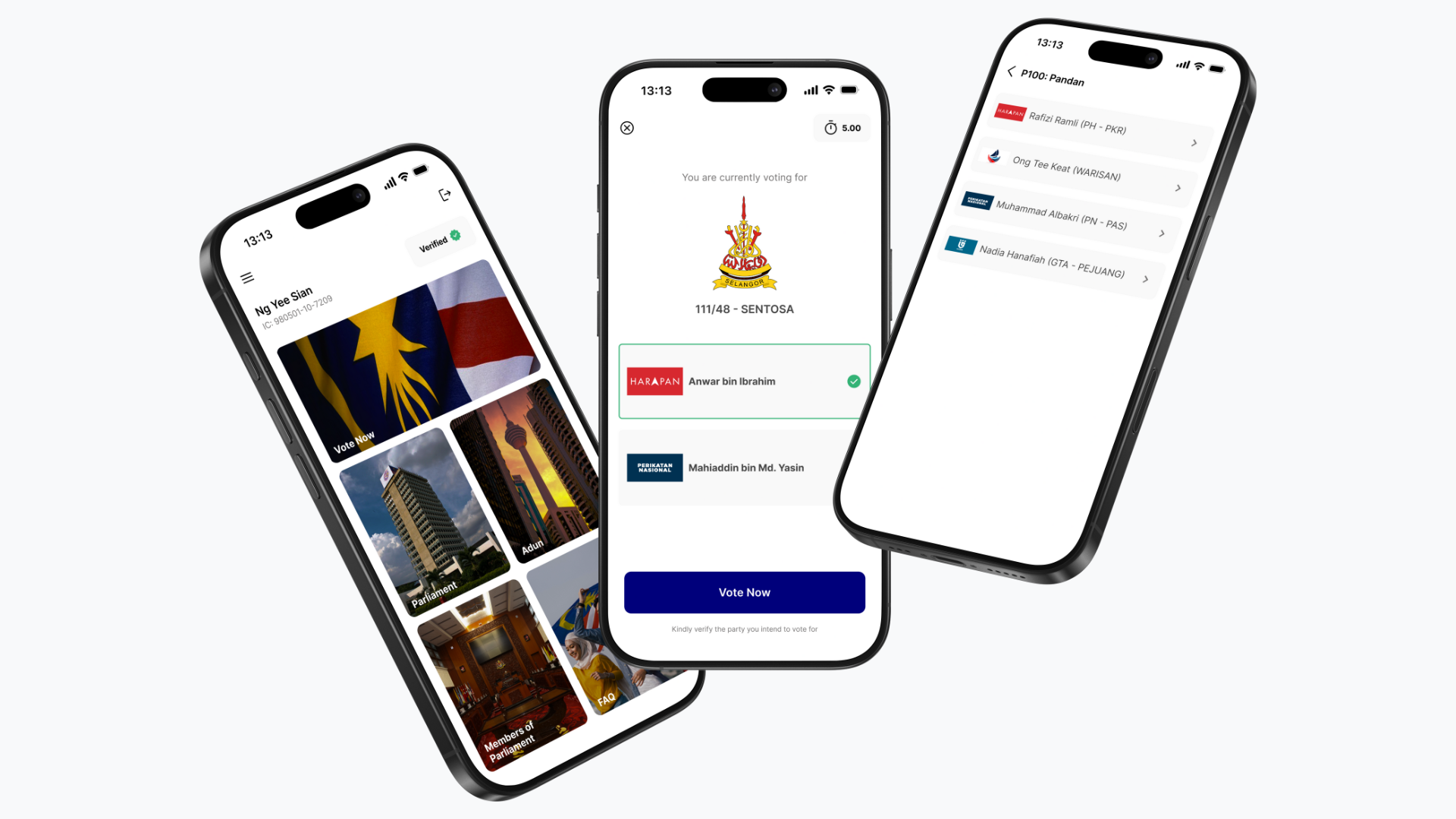
Figma
2 Weeks
Mobile App
UX Designer
Malaysian Voters
Problem Statement
Shaping Tomorrow's Civic Engagement
Unlike typical apps addressing existing digital gaps, MyUndi is a “concept of concepts,” grounded in future expectations rather than current market research on digital e-voting platforms. I observe the current physical voting process in Malaysia, which, while robust, involves inherent challenges such as long queues, manual counting processes, and accessibility limitations for certain demographics or overseas voters. MyUndi explores how a future e-voting system could overcome these present inefficiencies, offering a secure, transparent, and user-friendly digital pathway for civic participation.
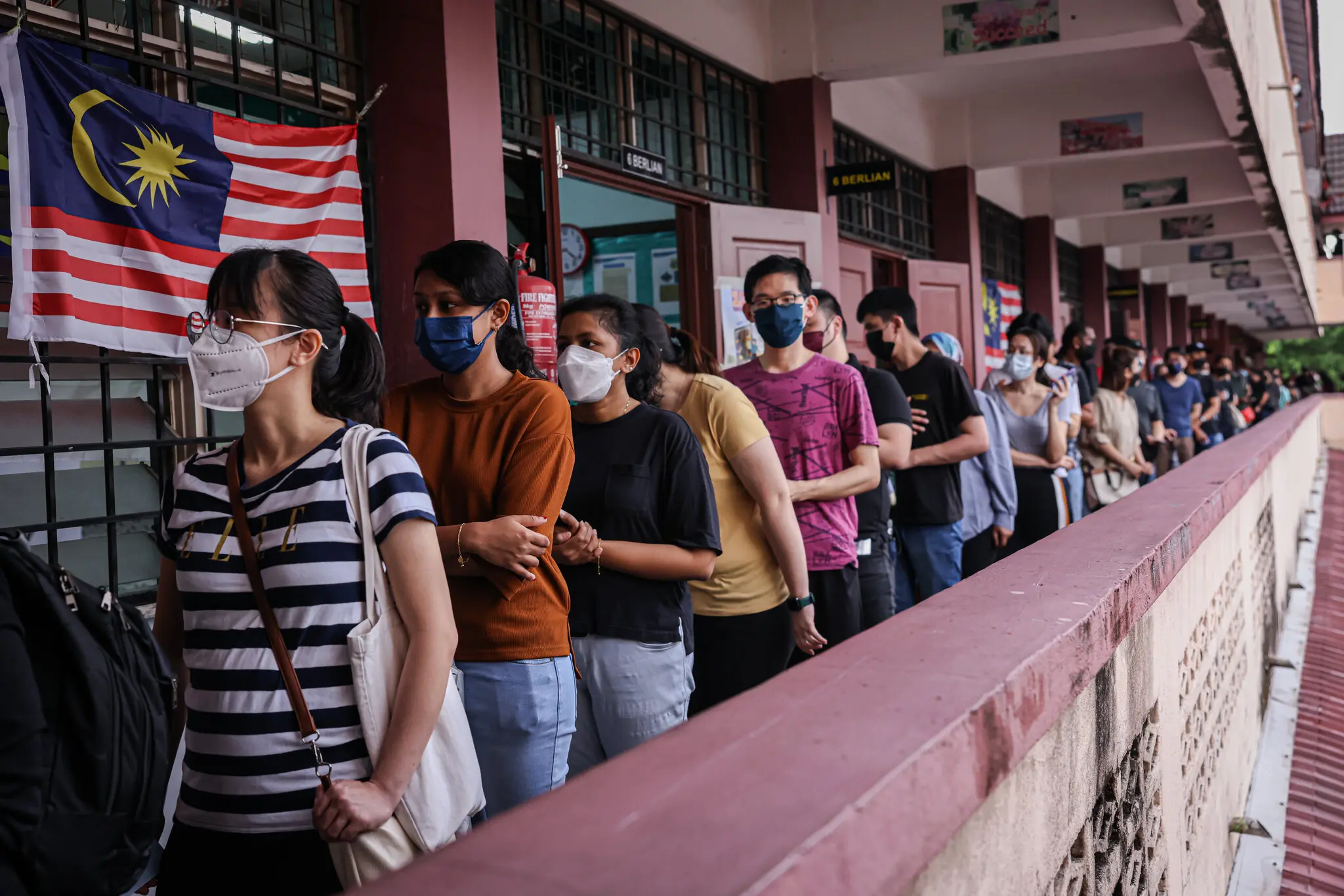
Design Process Overview
Charting a Vision for Future Participation
Empathize
I began by analyzing the current physical voting experience in Malaysia, considering voter needs and pain points to anticipate future digital requirements.
Define
I articulated the core challenge: designing a secure, intuitive, and informative e-voting experience that builds trust and encourages participation.
Ideate
I explored different approaches to integrate secure voting mechanisms with comprehensive election information.
Prototype
I aimed to refine initial concepts into interactive prototypes, focusing on key voting flows and information access.
Testing
I conducted testing using hypothetical scenarios with potential users to gather feedback on usability and trust in a conceptual e-voting environment.
Emphatize & Define
Anticipating the Voter's Future Journey
Since MyUndi is vision-driven, my empathy phase focused on understanding the current Malaysian voting experience to project future needs. I considered the pain points voters face today (queues, information access, trust in manual counting) and speculated on what would be crucial for a seamless, secure, and informative digital experience. This allowed me to define the core elements necessary for an e-voting app: transparency, accessibility, user-friendliness, and reliable information dissemination, all crucial for building public confidence in a digital electoral process.

Which leads to a question...
How might we design an e-voting application for Malaysia that is highly accessible, and user-friendly, specifically considering the unique Malaysian political landscape and context?
Ideate
Building the Digital Ballot Box
In the ideation phase, I focused on translating the vision of e-voting into core app functionalities. I pinpointed a key user flow: the act of casting a vote digitally. I developed a user flow map for this critical process, ensuring each step was intuitive and secure, from voter verification to final ballot submission. My flow map and wireframes, though representing an initial concept rather than an extensive build, were based on visualizing these core voting components and the app’s overall information architecture for informed civic engagement.
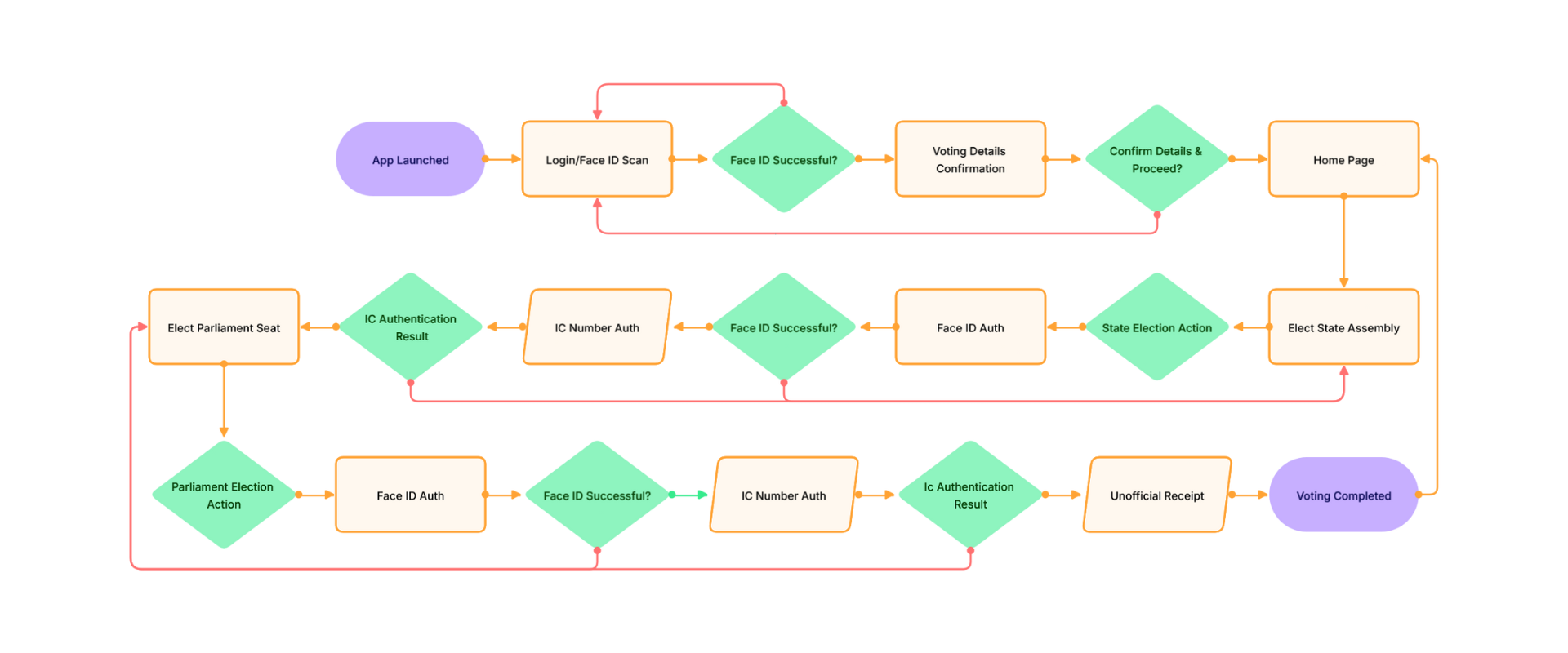
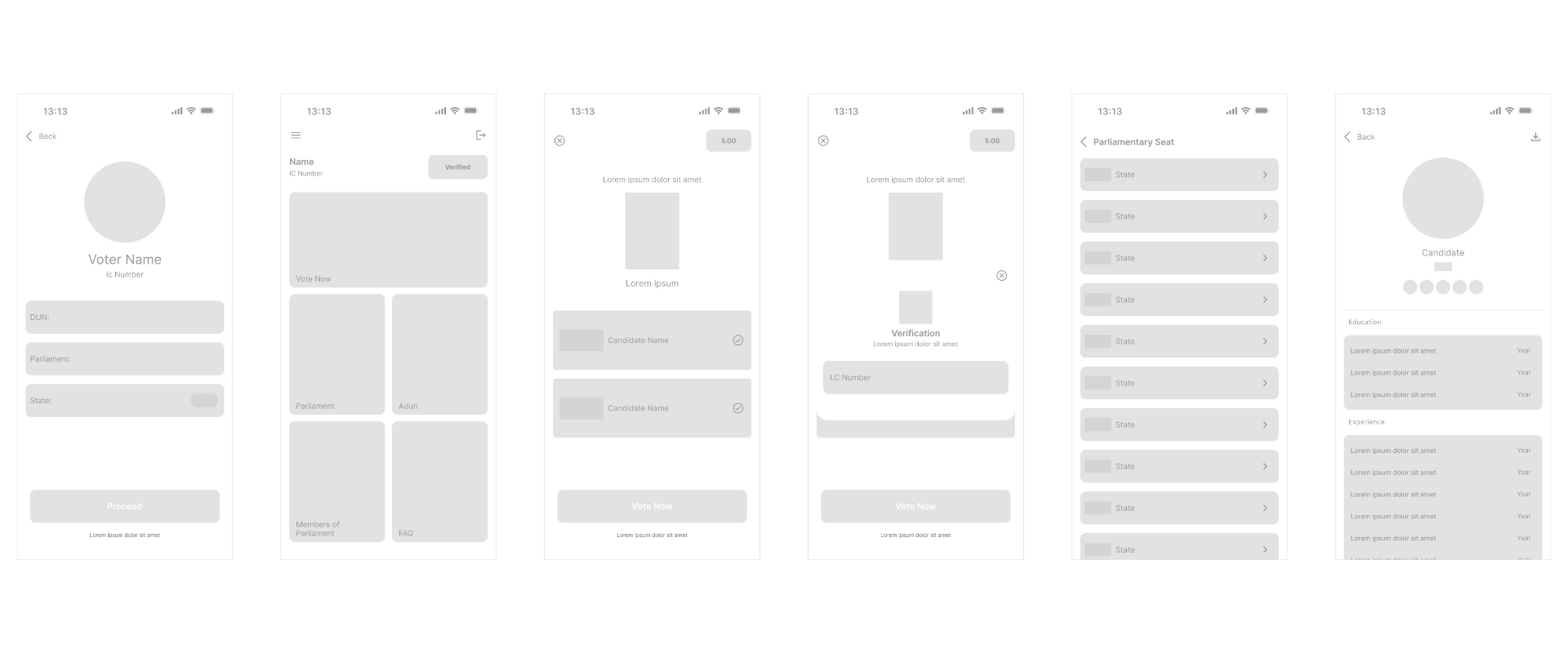
App Showcase
MyUndi in Action
The interactive prototype for MyUndi provides a tangible feel for the app’s intended user experience. It showcases the visual design, key interactions, and overall flow across critical voting processes and information access points, allowing exploration of how future e-voting might feel.
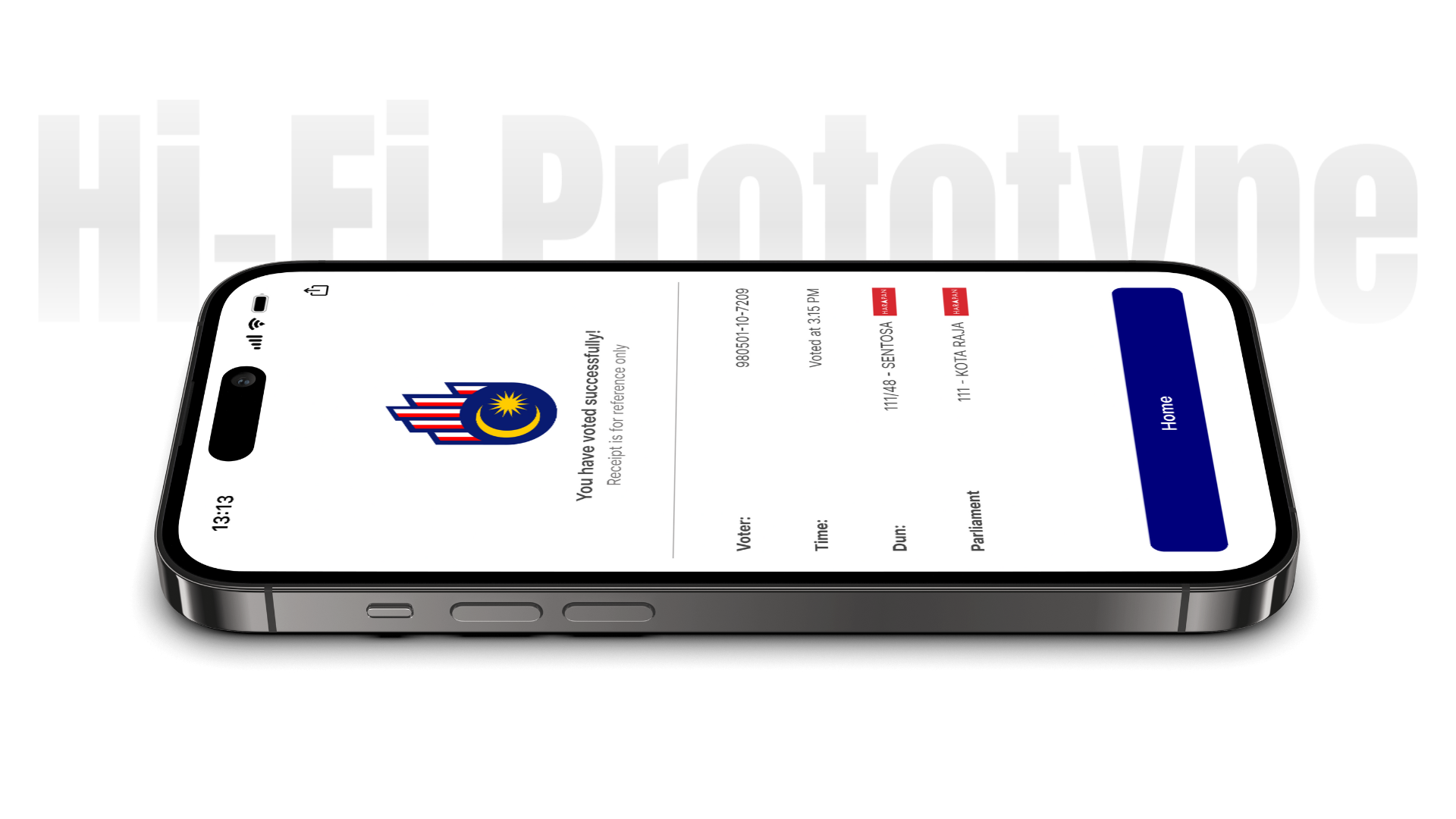
User Testing
Room for Growth
“If e-voting became real, I’d want to be absolutely sure my vote was counted correctly and secretly. How would I know it’s secure?”
“Navigating candidate information could get overwhelming. I’d expect an easy way to compare candidates and understand their platforms clearly.”
“For people who aren’t very tech-savvy, the voting process would need to be extremely simple, almost step-by-step, to avoid confusion.”